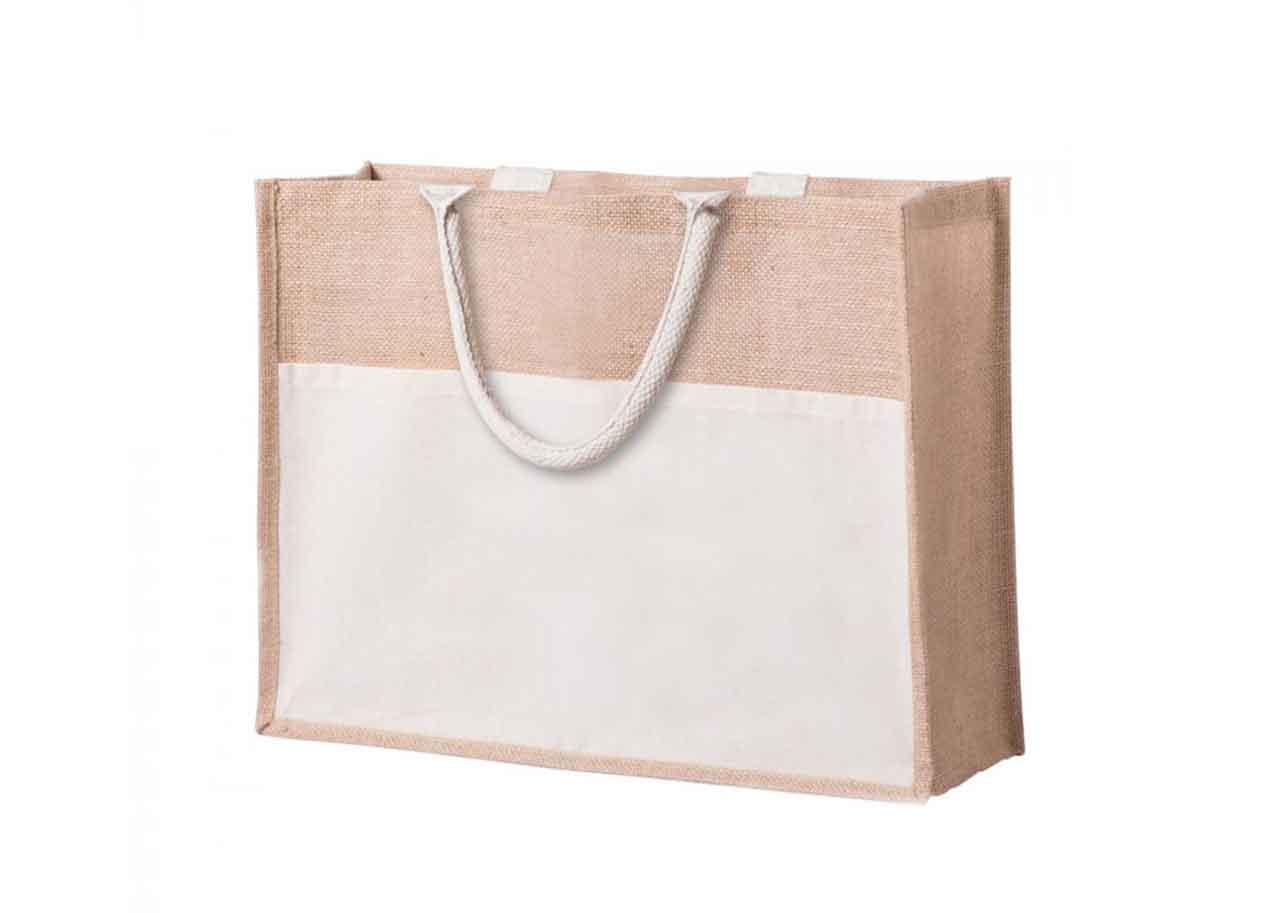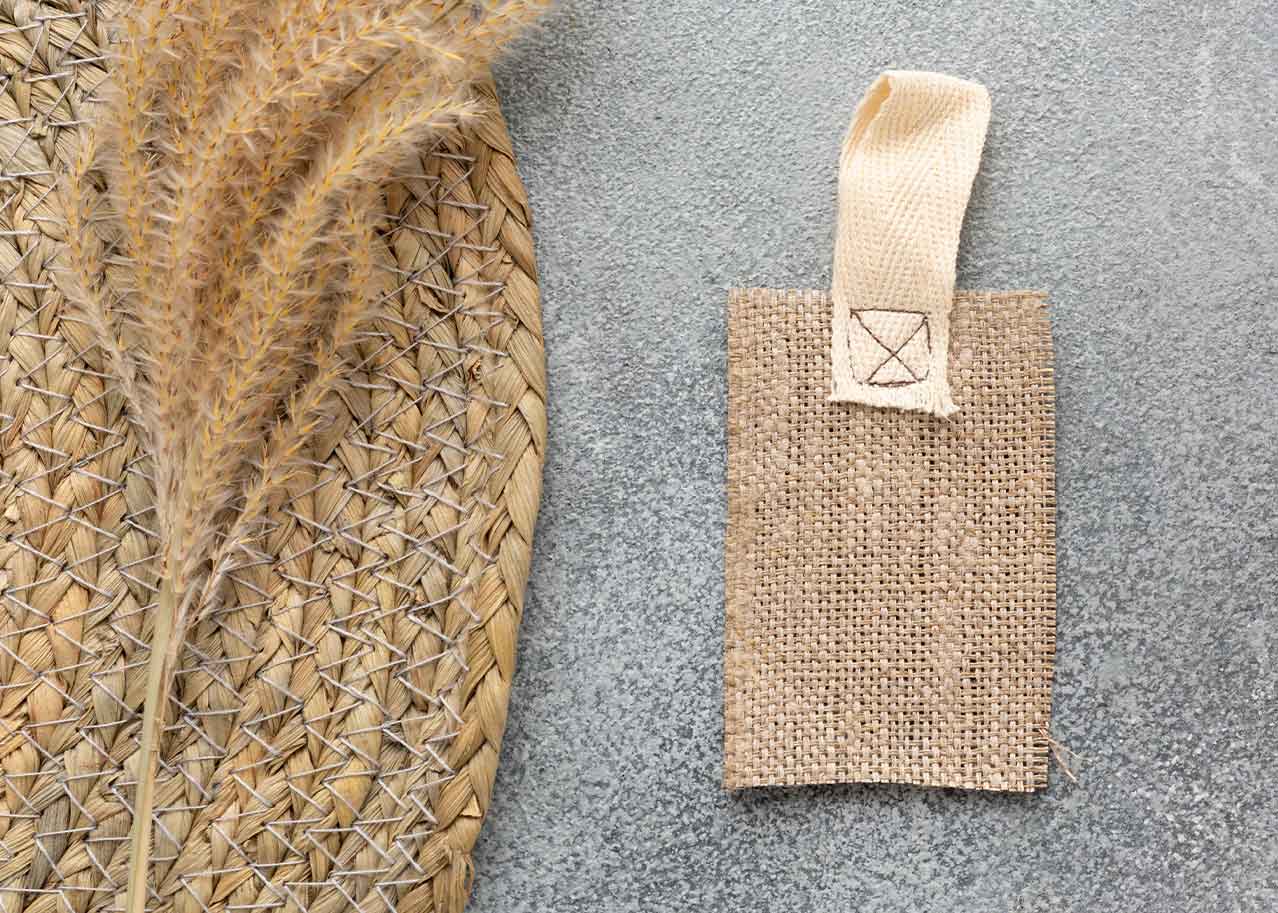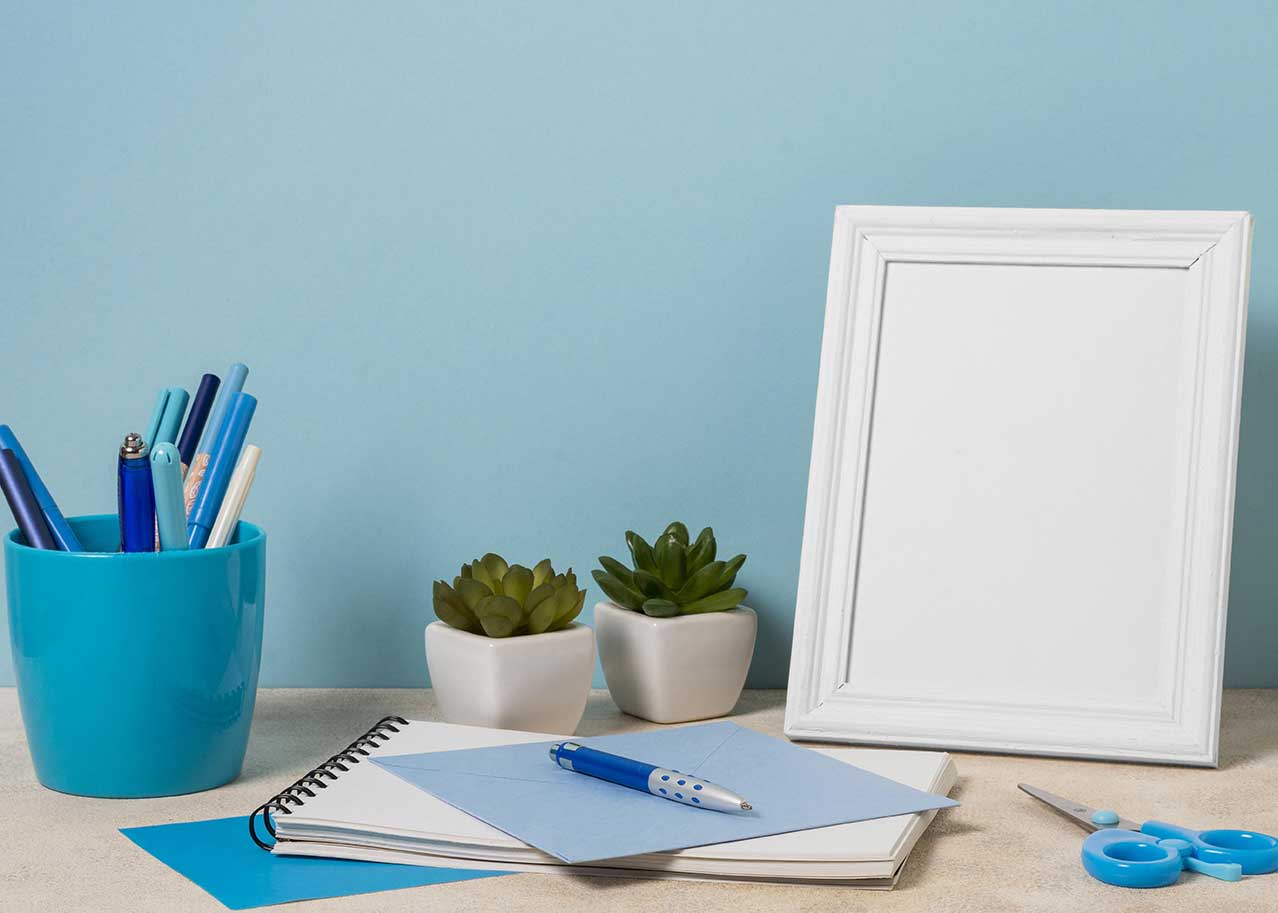Nowadays a growing group of consumers are rediscovering products made in a traditional way and eco friendly materials which have by their nature a reduced environmental impact.
For this reason, attention to jute bags has increased considerably. This material – as we'll explore later – brings countless advantages. But where does the use of jute originate?
How did jute bags come about?
Jute is one of the oldest textile fibres used. Its origins lie in the hot humid climates of India, where it was needed for the creation of particularly resistant ropes and for the packaging of ship canvases.
Precisely because of its extreme robustness and considerable cost-effectiveness, it was widely used for the manufacture of bags for the packaging of coffee, cocoa, and other colonial food products as well.
The cultivation of this plant has been taking place since the time of the pharaohs: in Egypt, it was very widespread because the leaves were a nutritious food, and the stems provided a resistant fibre.
Its use in Europe took hold much later and became systematic in the 18th century. At this time, jute wasn't only employed in the textile sector, but also – and perhaps especially – for materials for fishing and construction.
At the end of the 18th century, the introduction of machining further simplified its production.
What are jute bags?
As mentioned in the previous paragraph, jute bags are objects, sometimes even high fashion ones, made with this particular textile fibre. Its production is nowadays carried through by automatic machines that make its cost accessible and ensure refined processing.
The jute has enjoyed an incredible success thanks to its extraordinary strength and durability, frequently forming fishing nets or systems for the containment of plant roots.
In general, however, to obtain a fine textile fibre the jute stems are subjected to maceration to free the fibres from the vegetative part.
Then they undergo a drying process and are subsequently immersed into water. The result is a highly workable product. The removed fibres become biomass for the production of heat and electricity.
The jute canvas thus obtained is very resistant but tends to fray. For this reason, you should take great care when washing it.
In particular, a hand wash in cold water is preferable to prevent the washing machine from damaging the fabric irreparably.
How can you cover a jute bag?

As it is a very rustic fibre, you may prefer to cover the bags in jute. Although it's highly convenient in terms of strength and robustness, this material doesn't fully satisfy the tastes of some from an aesthetic point of view.
That's why many choose to use it for the structural part of the bags and cover it with fabrics or decorations to make the products look better.
The main ideas are two: to apply some decorations directly on the jute, or to cover it with a more valuable fabric.
In the first case, you only need to get the elements that you want to add, which can even be in relief, and apply them directly on the fabric by sewing them. The advantages of this customisation are many. First of all, you'll preserve the fastness of the jute and its peculiarities. Secondly, its robustness is maintained, too.
On the other hand, if you opt for the covering, you should make sure that the chosen fabric is sewed firmly to the bag. This is essential to ensure a long-lasting personalisation.
Jute bags can be used as beach bags for their strength and durability. Moreover, you can customise them as you like.
What are the advantages of wearing jute bags at the beach?
Wearing jute bags at the beach brings incredible advantages, first and foremost that of sustainability, as jute is completely biodegradable and recyclable.
Its cultivation, too, is particularly sustainable, as it doesn't require the massive use of chemicals. Due to its extreme durability and robustness, it can be successfully used in the recycling sector as well.
In particular, it lends itself to the creation of vase holders or special cushions. Besides, one peculiarity of jute bags is that they're strong, rustic, and elegant at the same time.
It's a perfect material for those who wish to respect the environment. If you're attentive to this aspect and strive to minimize the impact on the planet, click here to find out thirty sustainable fabrics for the most eco friendly fashion.
High fashion, too, is beginning to take an interest in jute bags and their atypical appearance, as they combine perfectly with numerous outfits and accessories.
Furthermore, the beach bags made of jute are very resistant to salt. If you consider that jute has long been the preferred material for the packaging of fishing nets, you can easily guess how suitable it is for beach life.
One aspect not to be underestimated is that it can be easily cleaned: being stain repellent, you'll just need to shake them off after a long day at the beach to remove most of the sand.
Where can you buy a jute bag?
In the past, jute bags were very difficult to find, because they were handmade and consequently sold at high prices.
On the contrary, nowadays these products can be found even online thanks to the increase in demand. HiGift is a store that, besides selling different types of jute bags, offers a wide possibility of customisation. They're available in several finishes and colours so as to meet each customer’s requests.
In addition, these accessories begin to spread in many high fashion stores, too. Luckily, there are constantly new models, so that the jute bag has become an extremely versatile object.
How can you make a jute bag?
Jute bags can be made comfortably at home. All you need is some sacks for food made of jute. As a first step, it's recommended to remove all shipping labels which are usually applied on these bags.
After a preliminary cleaning, you can start the processing of the product by using a sponge soaked in ammonia.
You can then cut the bag to the size you wish and then reinforce the cutting area with a seam.
This prevents the weft and warp from untying and the bag from being damaged. Afterwards, you can cut holes and pass ropes through them that will act as handles.
Now you can start customising your bag to make it unique by using, for instance, patches and embroidery.
These decorations are very easy to apply, representing the ideal idea to complete your bag.
Finally, if you've embraced a green philosophy or want to adopt a sustainable lifestyle, you can take advantage of the versatility of this accessory and combine it with other eco friendly products.
In conclusion, if you're interested in buying a personalised jute bag, you just have to visit our page, select the product you prefer and choose how to make it unique with the print that represents you the most.








